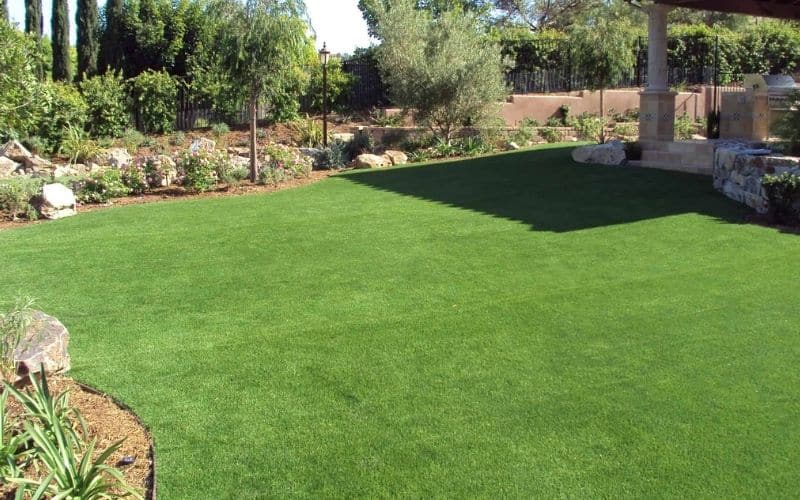How To Choose High Quality Artificial Grass In Carlsbad?

- The quality of materials used in artificial grass significantly impacts its performance and longevity. Look for turf made from high-grade polyethylene or polypropylene fibers, as these materials offer excellent resilience to wear and tear, UV radiation, and weather conditions. Additionally, check the backing material – a sturdy, porous backing allows for proper drainage and prevents waterlogging, which can lead to mold and mildew growth.
- Pile height refers to the length of the grass blades, while density refers to the number of blades per square meter. Opt for turf with a realistic pile height and sufficient density to ensure a lush, natural appearance. A taller pile height (around 30-37mm) often provides a more realistic look, while higher density enhances durability and resilience. Avoid excessively short or sparse turf, as it may look unnatural and wear out more quickly.
- Infill is the material used to weigh down and support artificial grass fibers, enhance stability, and provide cushioning. Common infill materials include silica sand, rubber granules, and organic infills like cork or coconut fibers. Consider your priorities – silica sand provides excellent stability and drainage, rubber infill offers superior shock absorption ideal for sports fields, while organic infills are eco-friendly and provide natural odor control.
- Exposure to sunlight can cause artificial grass to fade and degrade over time. To ensure long-lasting vibrancy and performance, choose turf with built-in UV stabilization. UV-resistant artificial grass is designed to withstand prolonged sun exposure without fading or weakening, maintaining its color and integrity for years to come. Additionally, inquire about any warranties offered by the manufacturer against UV damage.
- Proper installation is crucial for the performance and longevity of artificial grass. Consider hiring professional installers with experience in laying synthetic turf to ensure proper drainage, seam integration, and infill distribution. Additionally, inquire about maintenance requirements – high-quality artificial grass typically requires minimal upkeep, such as occasional brushing to maintain its appearance and remove debris.
FAQs
How Long Does High-Quality Artificial Grass Last?
With proper installation and maintenance, high-quality artificial grass can last anywhere from 10 to 15 years or more, depending on factors such as usage, climate, and UV exposure.
Is Artificial Grass Safe For Pets And Children?
Yes, artificial grass is safe for pets and children. Look for turf with non-toxic materials and proper drainage to prevent odors and bacteria buildup. Additionally, consider using antimicrobial infills for added hygiene.
Can Artificial Grass Be Recycled?
Yes, many types of artificial grass can be recycled. Check with the manufacturer or local recycling facilities for information on proper disposal and recycling options.
Conclusion
Choosing high-quality artificial grass is essential for achieving a beautiful, long-lasting outdoor space. By considering factors such as material quality, pile height, infill options, UV stability, and installation requirements, you can ensure that your synthetic turf offers optimal performance, durability, and aesthetics for years to come. Additionally, addressing common concerns through proper installation and maintenance practices ensures a safe and enjoyable environment for pets, children, and the environment. For more information, contact Artificial Turf Carlsbad at (760) 991-3400.

